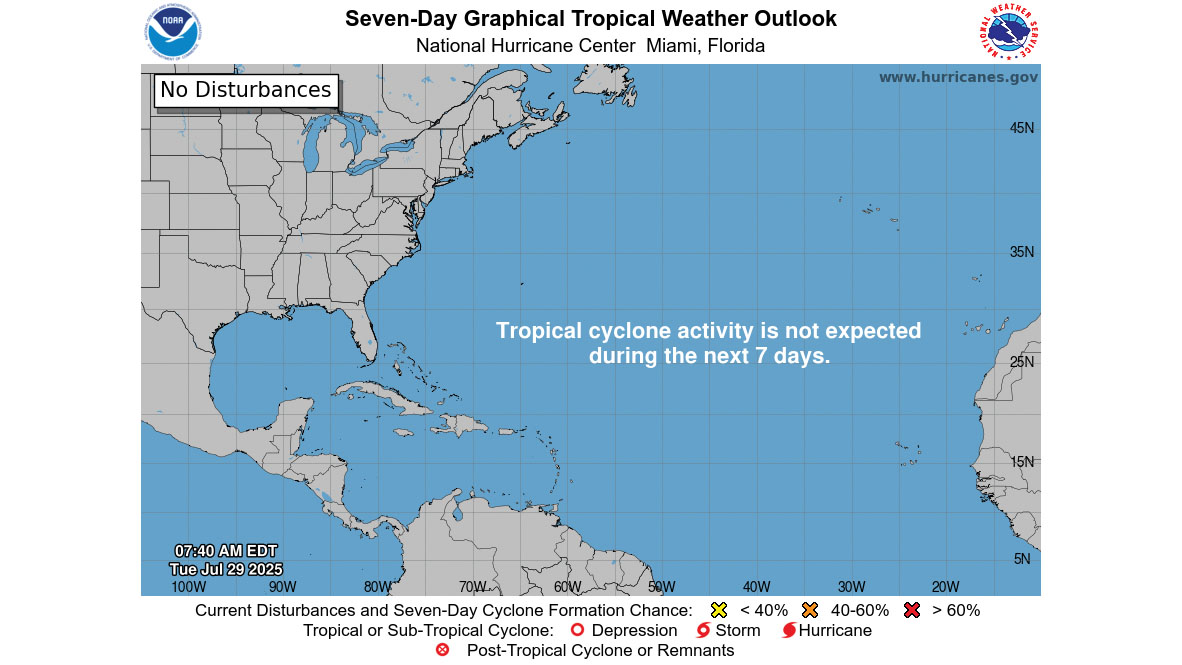Lincoln County’s labor rate remains steady
Published 8:23 pm Monday, June 25, 2018
The state’s latest labor rate data shows Lincoln County continuing a long drop in unemployment, despite a small uptick over the last two months brought on by the arrival of summer.
The Mississippi Department of Employment Security’s labor rate data for May 2018 shows Lincoln County at 4.9 percent unemployment, up from 4.1 percent in April and 4 percent in March. The report lists 730 people unemployed for May, up from 600 in April, but Brookhaven-Lincoln County Chamber of Commerce Executive Director Garrick Combs said the last 60 days’ worth of unemployment bumps are no reason to fear.
“Normally what you see during the summer are older high school and college students moving back home and looking for part-time work,” he said. “It’s typical over the summer to see a small spike in unemployment rates, and you’ll see it drop back down in August and September when that population goes back to their studies.”
Trending
The MDES report lists a May labor force of 14,780 people in Lincoln County, with 14,050 of them employed. The labor force grew by 230 workers between April and May, while the number of employed workers jumped by 100.
Lincoln County remains the No. 17 county in Mississippi for unemployment, tied with Harrison, Prentiss and Simpson counties.
Lincoln County also continues to lead Southwest Mississippi, with Copiah County following at 5.5 percent unemployment, Franklin and Pike at 6 percent, Lawrence at 6.2 percent and Adams at 6.3 percent.
“We’re pleased we continue to be right at the low point of Southwest Mississippi’s unemployment and we’re happy for that to continue,” Combs said. “Typically, looking at the region is a good judge of our health here in Lincoln County.”
Lincoln County’s healthy unemployment rate represents a near-low point in a five-year trend of decreasing unemployment. Summer uptick notwithstanding, the county’s unemployment rate has nearly halved, falling all the way from 8 percent in May 2013.
“There’s two sides to every coin. I think you have seen slow, steady employment growth in our community with our existing businesses and industries,” Combs said. “Secondly, I do think there’s a chunk of people — and there’s no way to know the percentages — who were previously unemployed who have probably given up on finding employment during those times. Once they drop out of the workforce, they’re no longer counted in that rate. One positive thing, one negative thing.”
Trending
Once again, Jefferson County is the state’s caboose in unemployment rankings with a rate of 12.8 percent, though the number represents only 260 unemployed workers from a small workforce of 2,020. Holmes County ranks at No. 81 with an unemployment rate of 9.8 percent.
Rankin County enjoys the state’s lowest unemployment rate at 3.7 percent.
The summer uptick in unemployment is also reflected in statewide numbers. Mississippi’s May unemployment rate was 4.7 percent, up from 4.6 in April. There were 59,500 people unemployed in the Magnolia State last month, up 1,300 from April. The numbers are better than they were a year ago, when the state had 67,300 unemployed at a rate of 5.3 percent.
The numbers are better nationally, as the United States overall unemployment rate is 3.8 percent, with 6.05 million unemployed. More than 280,000 Americans found jobs between April and May, and the number of unemployed is down nearly one half-million people from the same time in 2017.
Monthly estimates of the labor force, employment, unemployment and the unemployment rate are generated by the Local Area Unemployment Statistics Program, a cooperative program between the Bureau of Labor Statistics and State Employment Security Agencies.
Each person who is over the age of 16 and who is not in an institution such as prison or mental hospital or on active duty with the Armed Forces is only counted in one group — employed, unemployed or not in the labor force.
An individual is considered employed if they did any work for pay or profit within the previous week, including all part-time and temporary work as well as full-time employment. Unemployed individuals are those who do not have a job, have actively looked for work within the previous four weeks and currently available for work.





